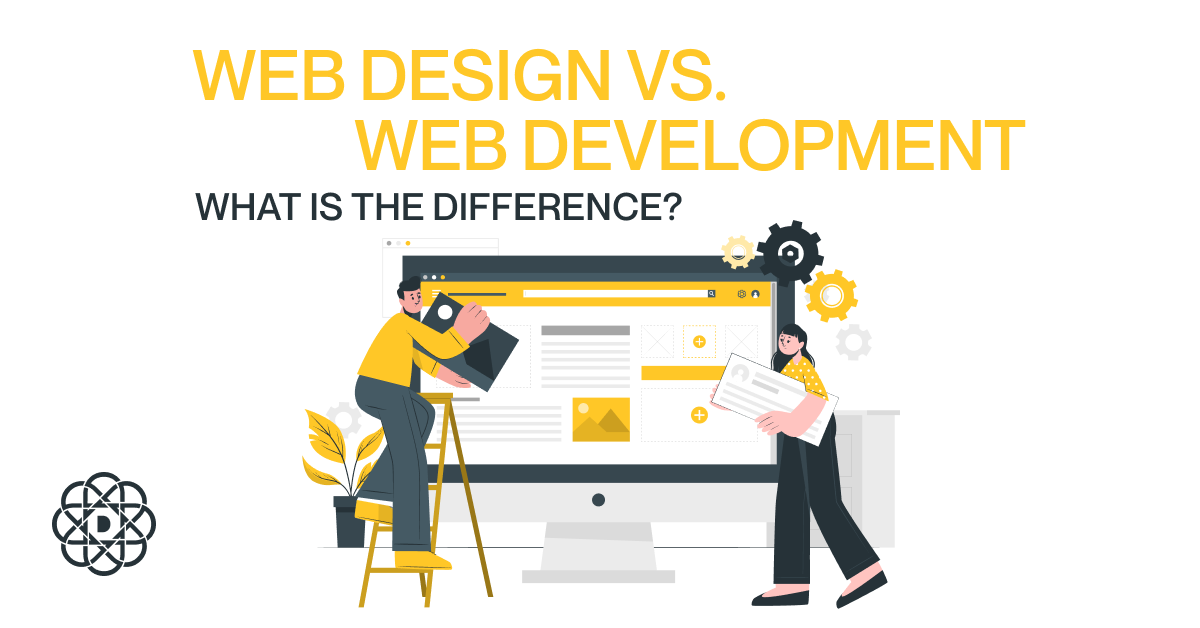Design System vs. Style Guide – Differences

In the dynamic world of design, where aesthetics meet functionality, two key terms often surface: design system and style guide. While they might seem interchangeable at first glance, they serve distinct purposes and offer unique benefits to design teams and projects. Understanding the disparity between them is crucial for navigating the intricate realm of design. Let’s delve deeper into the differences between design systems and style guides to discern their nuances and grasp their significance.
Decoding Design Systems and Style Guides
Before we dissect the dissimilarities, let’s establish a fundamental understanding of discrepancies between design systems and style guides.
A design system encompasses a comprehensive set of guidelines, principles, components, and tools aimed at fostering consistency and efficiency across design and development processes. It serves as a holistic framework, ensuring harmony in design elements, interactions, and user experiences throughout a project or product lifecycle. Essentially, a design system is the blueprint that governs the entire design ecosystem, encapsulating everything from typography and color palettes to UI components and accessibility standards.
On the other hand, a style guide is a more focused document that delineates the visual aspects of a brand or project. It describes specific rules and recommendations pertaining to typography, colors, imagery, iconography, and other visual elements. While a style guide provides a cohesive visual identity, it typically lacks the depth and breadth of a design system, focusing primarily on surface-level aesthetics rather than functional components and interactions.
Top Differences Between Style Guide and Design System
Now that we’ve established the groundwork, let’s highlight the disparities between design systems vs style guides:
Scope and Depth
The primary distinction lies in the scope and depth of each. Design systems are expansive, encompassing not only visual elements but also functional components, interaction patterns, code snippets, and even voice and tone guidelines.
In contrast, style guides are narrower in scope, concentrating primarily on visual aesthetics and brand identity. While design systems offer a comprehensive framework for both designers and developers, style guides cater predominantly to visual designers.
Flexibility and Adaptability
What is the difference between a style guide and a design system? Design systems exhibit greater flexibility and adaptability compared to style guides. They are created to evolve over time, accommodating new features, technologies, and design trends seamlessly. By contrast, style guides tend to be more static, focusing on maintaining visual consistency without delving into the intricacies of evolving design systems.
Collaboration and Communication
Design systems serve as a collaborative tool, fostering communication and alignment among multidisciplinary teams. They provide a common language for designers, developers, product managers, and other stakeholders, streamlining the design and app or web development process. In contrast, style guides are primarily aimed at designers and marketers, serving as a reference point for maintaining brand consistency in marketing collateral and visual assets.
Implementation and Integration
Design systems offer practical implementation guidelines, including code snippets, UI components, and design patterns, facilitating seamless integration into various platforms and environments. They serve as a bridge between design and development, ensuring consistency across digital products and experiences.
Conversely, style guides focus on visual representation, offering guidelines for designers to create visually cohesive assets without delving into the technical implementation aspects.
Evolution and Maintenance
What is the key difference between a style guide vs. a design system? Design systems are designed to evolve organically, adapting to the changing needs of projects and products. They require ongoing maintenance and iteration to remain relevant and effective. Style guides, while essential for maintaining visual consistency, are relatively static documents that require less frequent updates and revisions.
Governance
What are the other differences between a design system and a style guide? Design systems often come with governance structures in place, ensuring consistency and alignment across teams and projects. They incorporate governance mechanisms such as design reviews, version control, and documentation standards to maintain coherence and prevent divergence.
Style guides, while influential in maintaining visual consistency, may lack robust governance mechanisms, leading to potential inconsistencies over time. Consequently, design systems offer a more robust framework for enforcing standards and best practices across an organization, fostering greater alignment and cohesion in design efforts.
The takeaway
What’s the difference between a design system and style guide? While design systems and style guides share the common goal of fostering consistency and coherence in design, they differ significantly in scope, depth, flexibility, and functionality.
Design systems serve as comprehensive frameworks encompassing design principles, components, and guidelines, while style guides focus primarily on visual aesthetics and brand identity. Understanding the disparities between these two essential tools is paramount for design teams aiming to streamline their processes and deliver cohesive, user-centric experiences. By leveraging the strengths of both design systems and style guides, designers can strike the perfect balance between form and function, elevating the quality and consistency of their work.
What’s the difference between UX i UI design? Check our article to learn more if you’re interested in this subject.
And contact us if you need both professional UX design services and UI design services.



